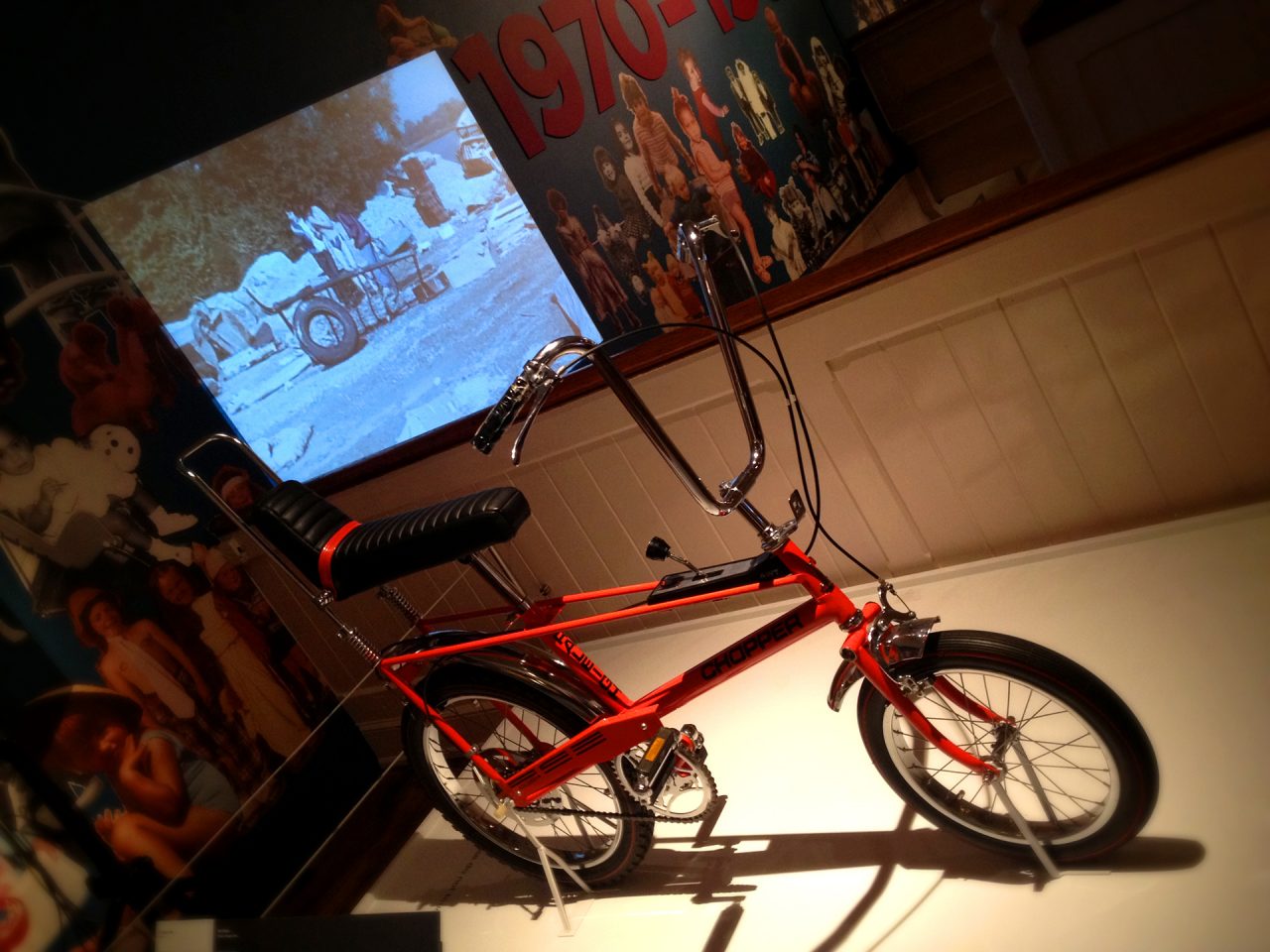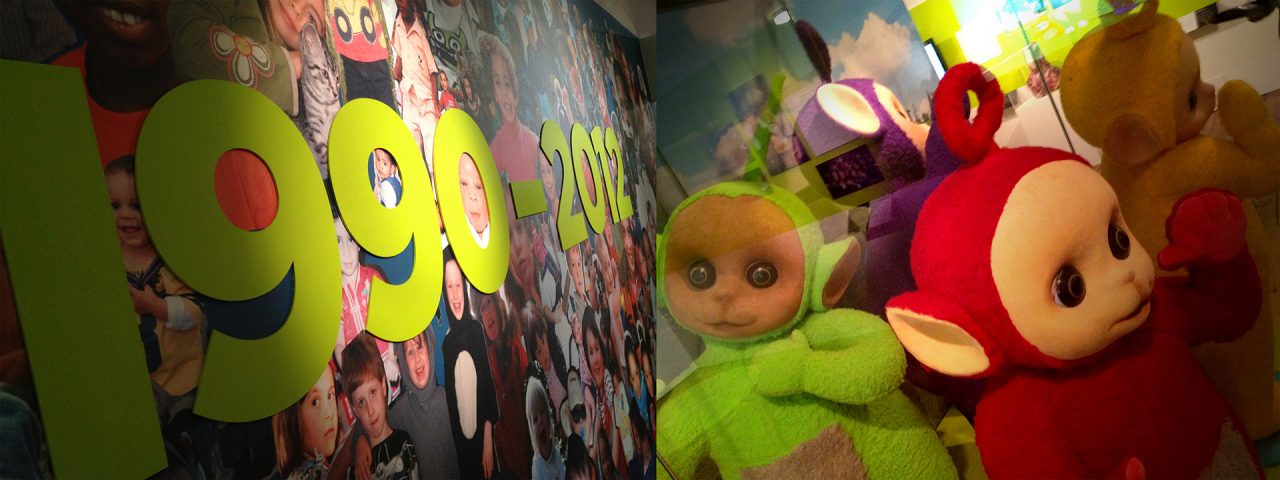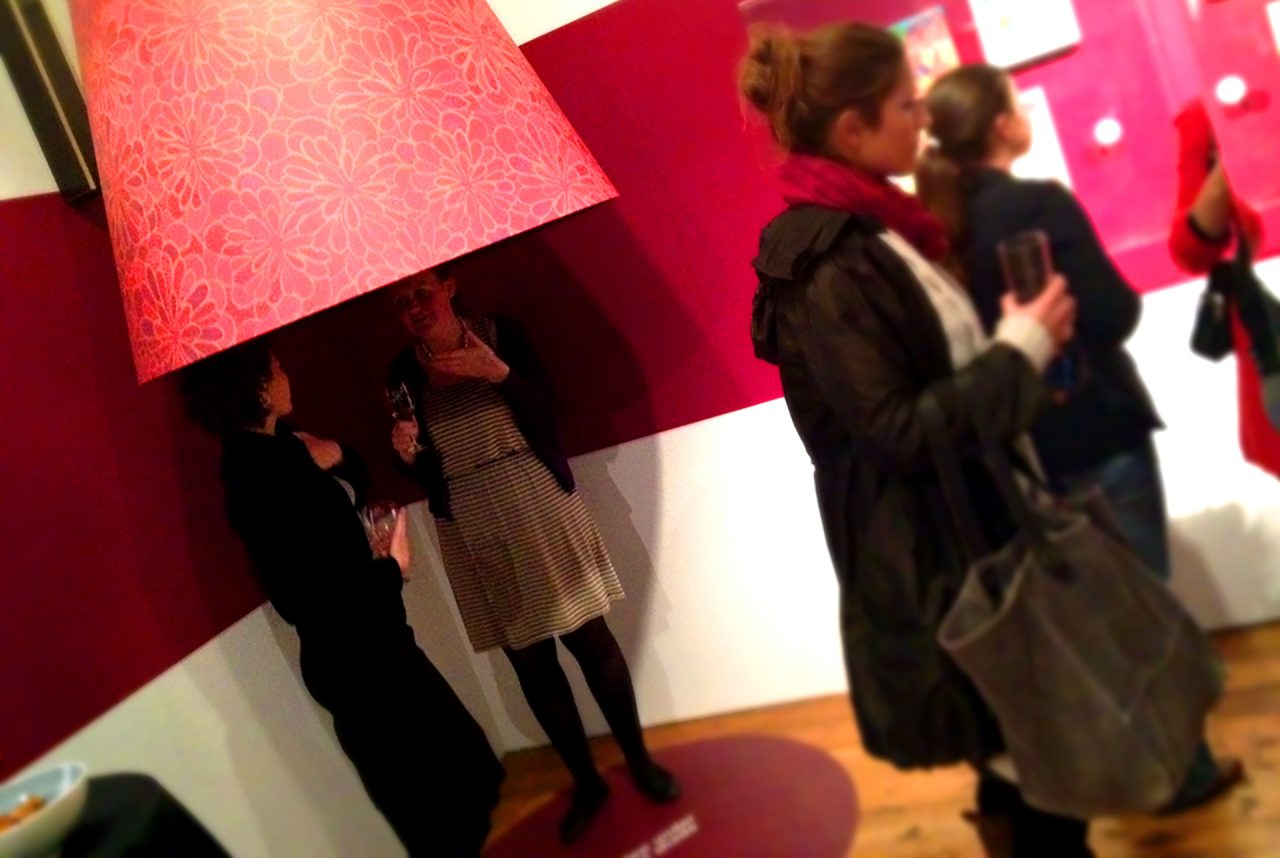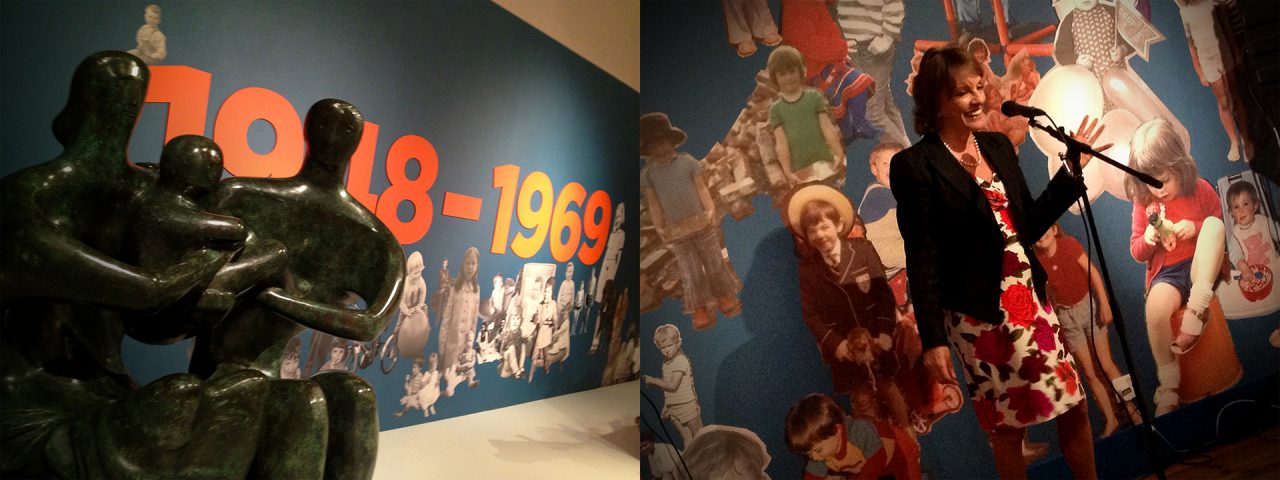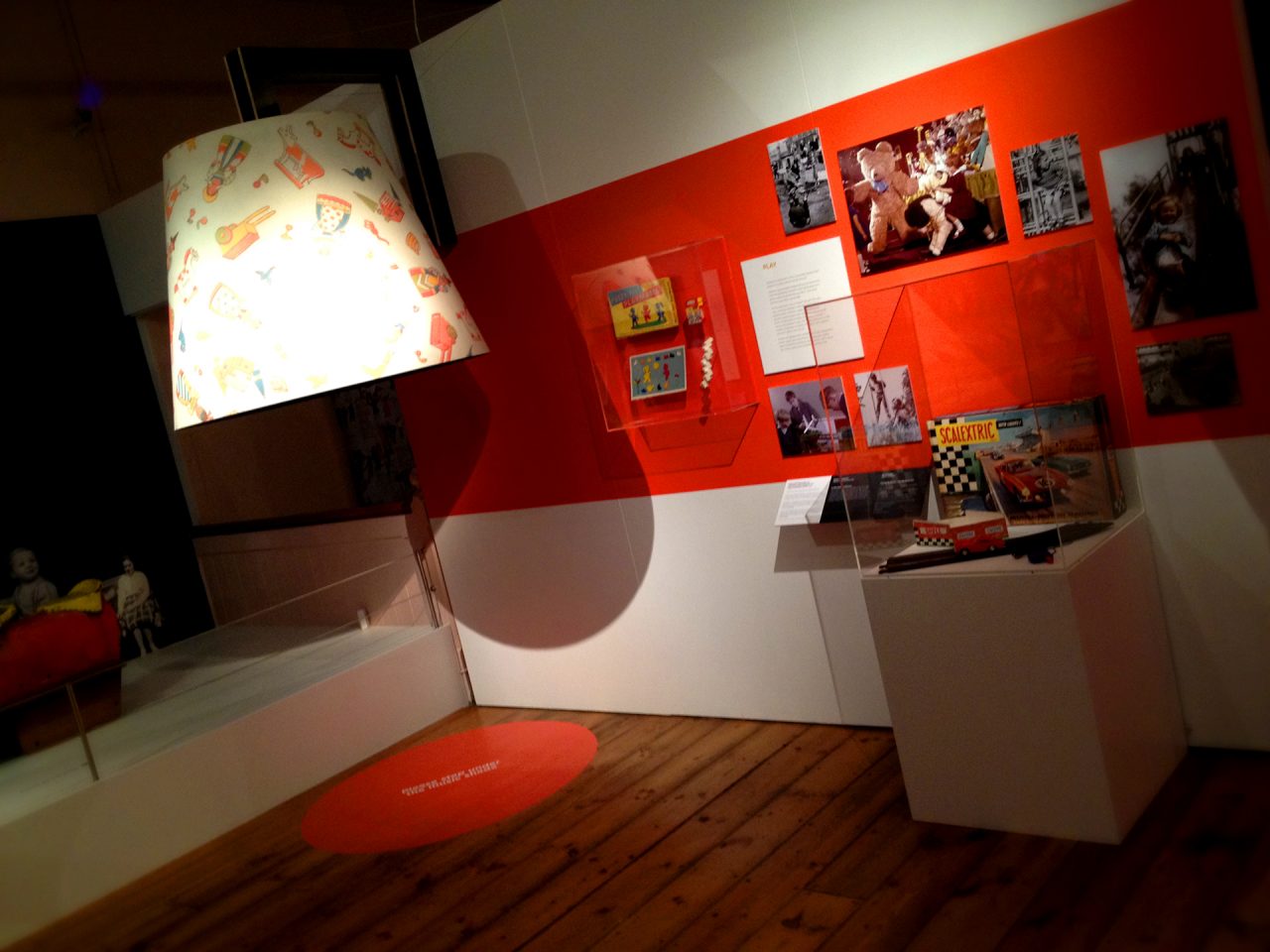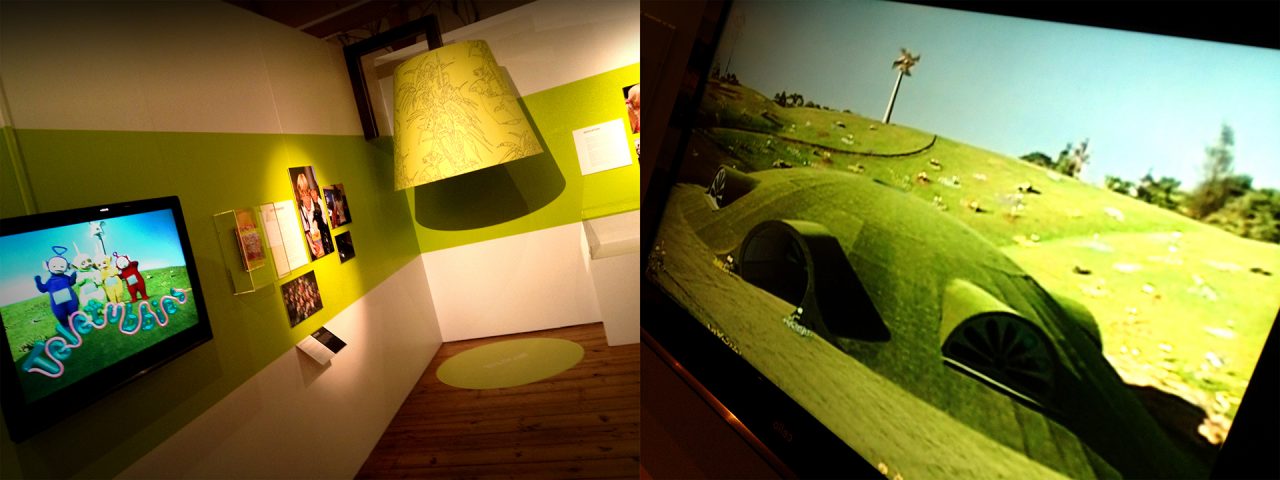The Modern British Childhood exhibition explored how childhood has transformed in Britain during the period between the London Olympic Games of 1948 and 2012.
Covering 64 years, this exhibition looked at issues surrounding education, health, family, entertainment, fashion and play. The exhibition gathered together objects from a pair of 1950s children’s NHS prescription glasses to the 2005 Teddyfone for under the 5s. Whether exceptional or everyday, these items marked the changes that have occurred in children’s lives during that time.
Covering 64 years, this exhibition looked at issues surrounding education, health, family, entertainment, fashion and play. The exhibition gathered together objects from a pair of 1950s children’s NHS prescription glasses to the 2005 Teddyfone for under the 5s. Whether exceptional or everyday, these items marked the changes that have occurred in children’s lives during that time.
